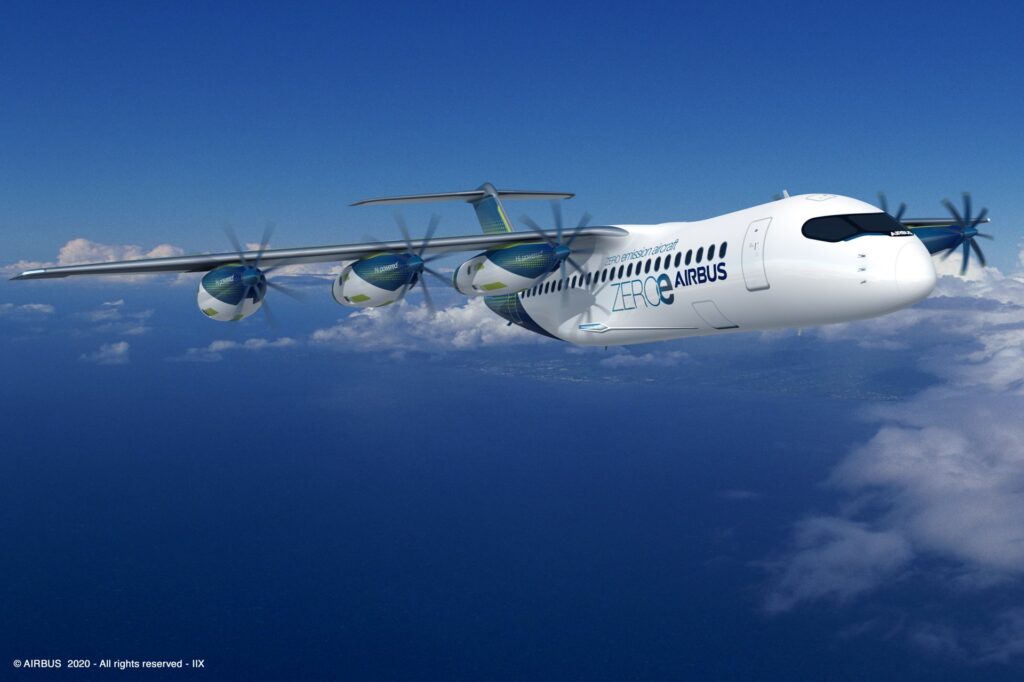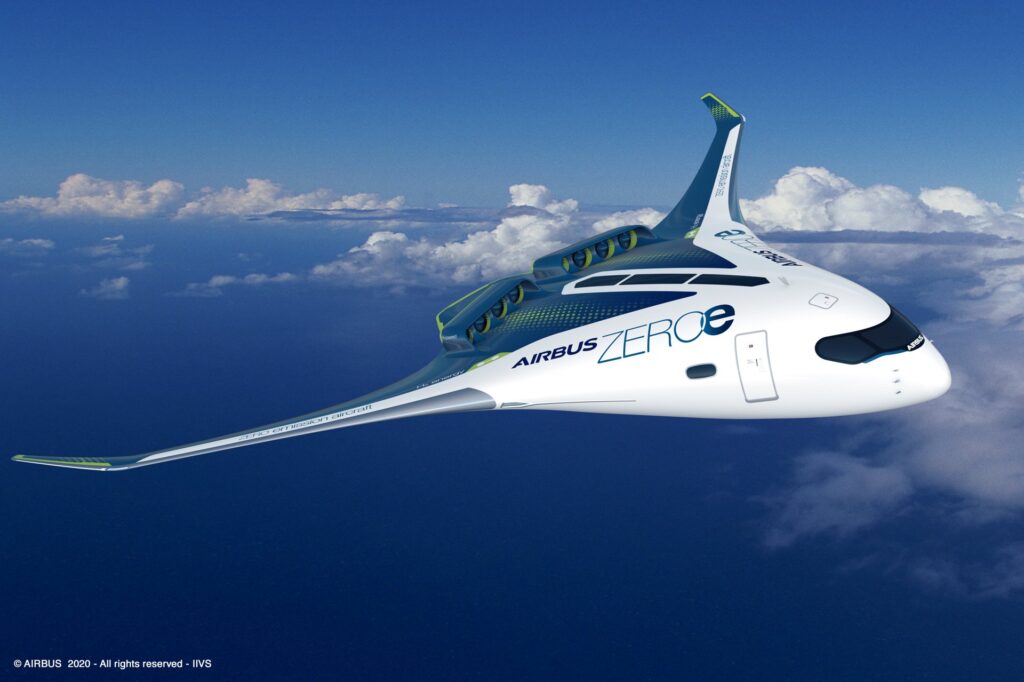Aerospace Aerospace news Airbus news Airplane News Aviation news Avionics Business News Consumer News Economic News Economy News Electric Vehicle News Environmental News European News Finance News Global Politics green Green Energy News International News News stock stock news transport Transportation Transportation News travel Travel news Zero Emission News
These Pods Could Provide a Blueprint for Future Hydrogen Aircraft
Twinjet, s-duct, winglets, contra-rotating propellers: the aviation industry has developed numerous configurations over the last five decades that have enabled aircraft to fly higher, faster and longer. Now, Airbus engineers are unveiling a new configuration…

